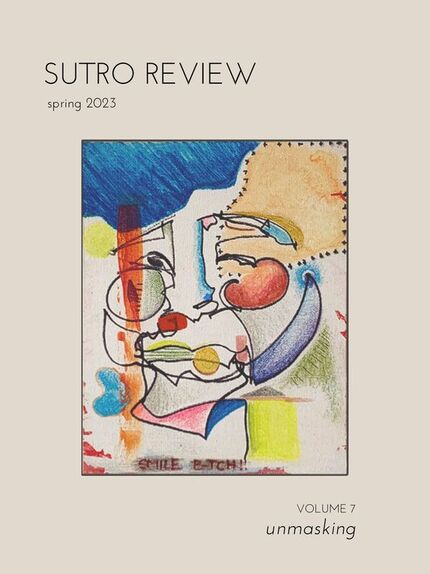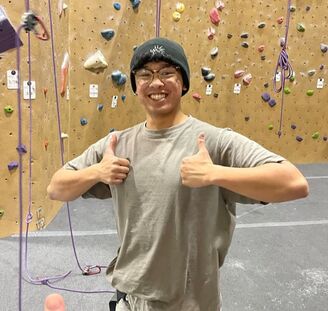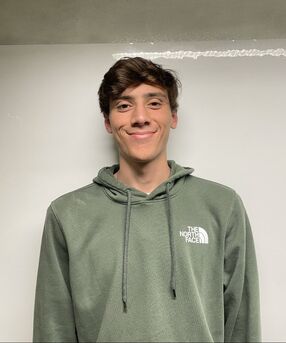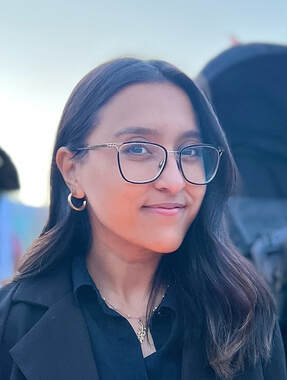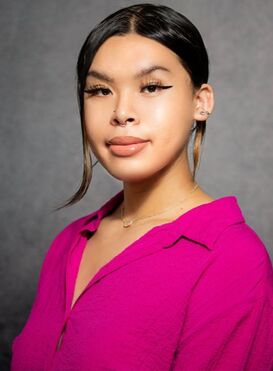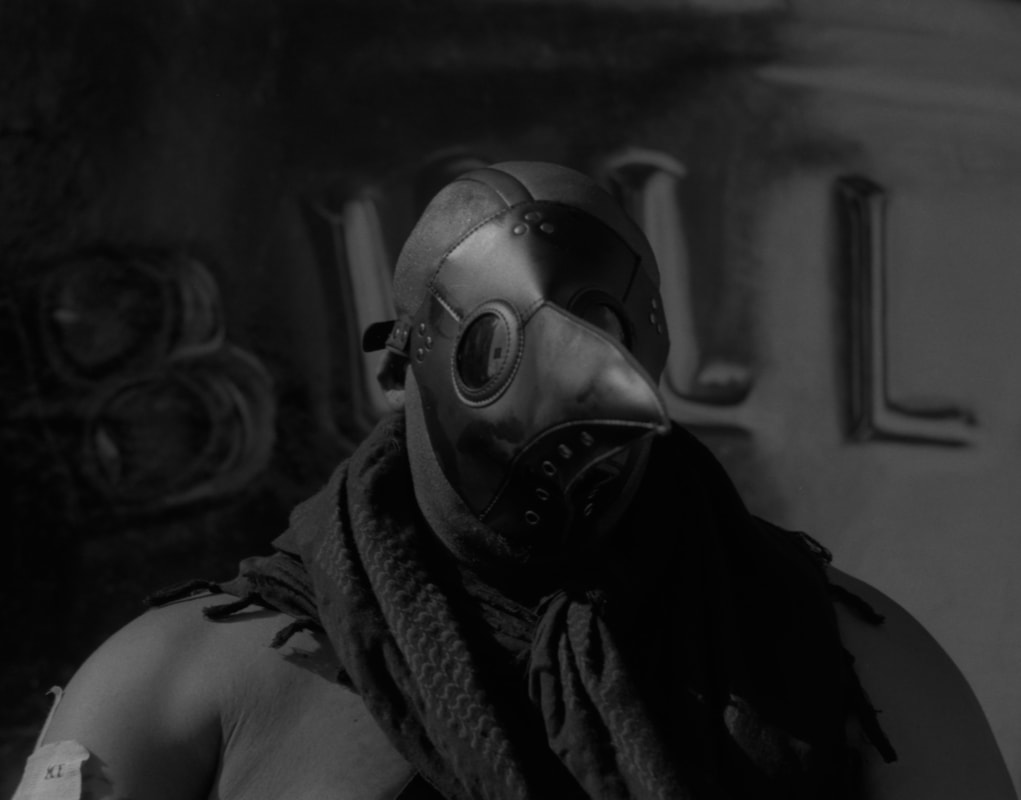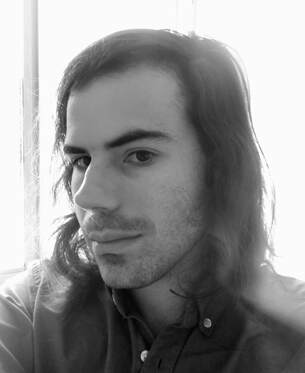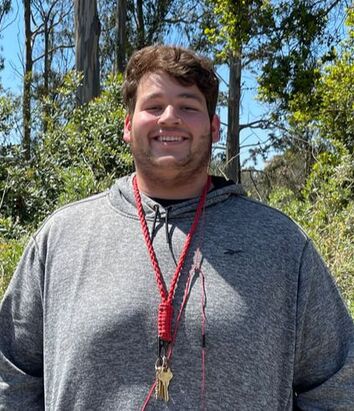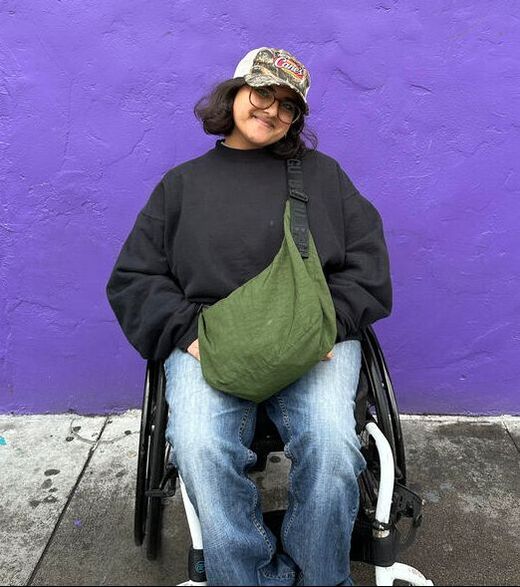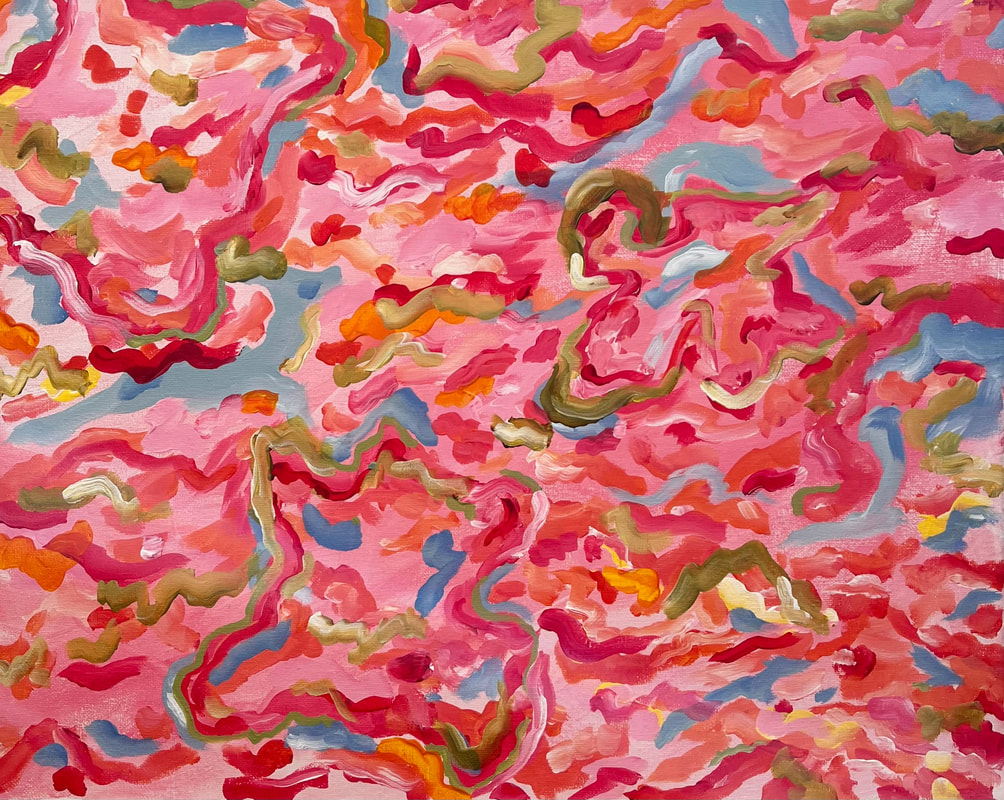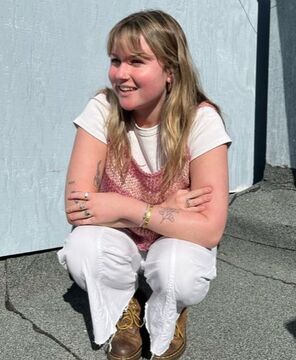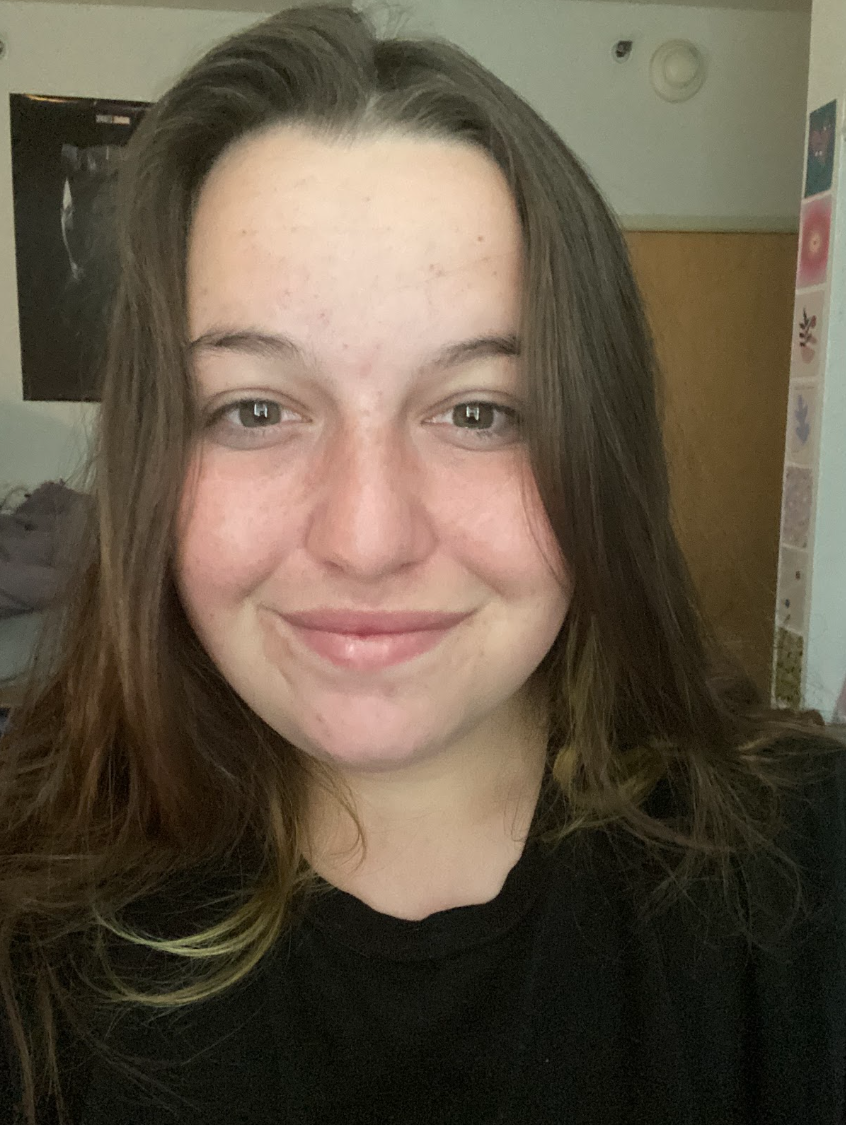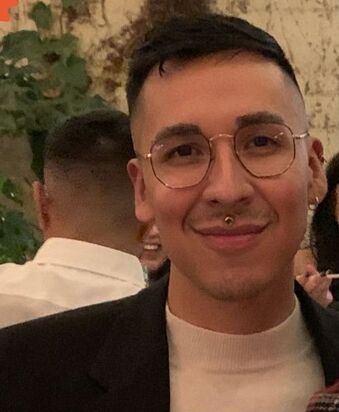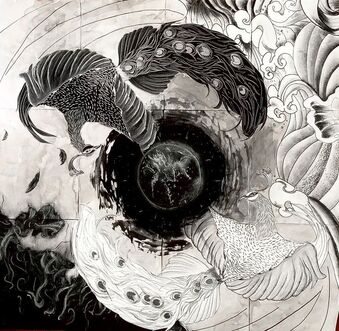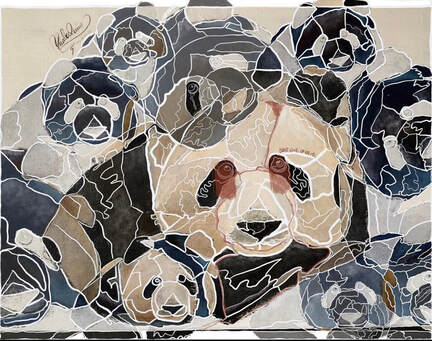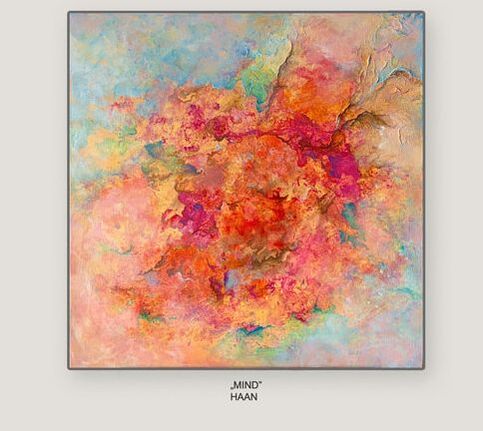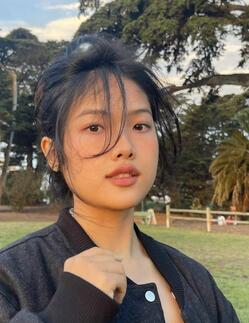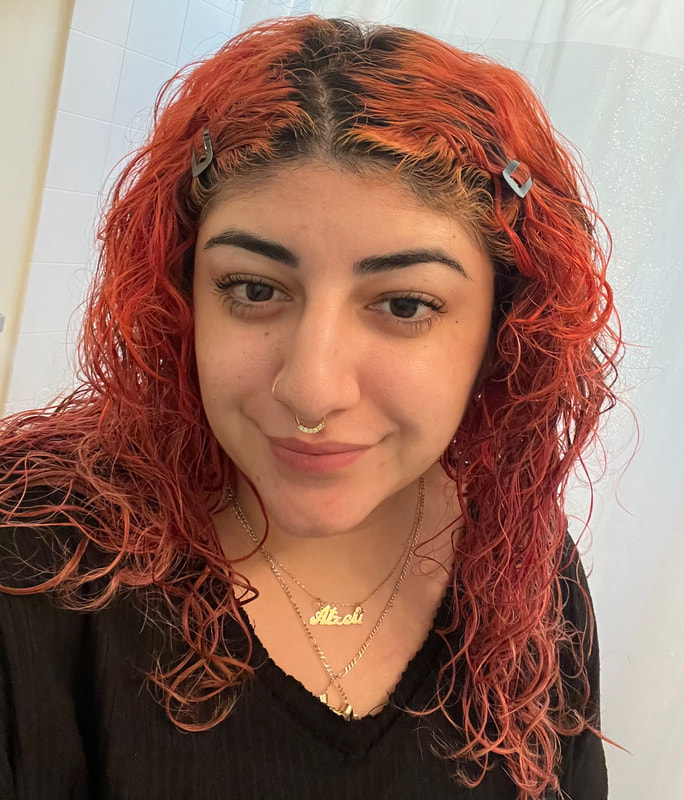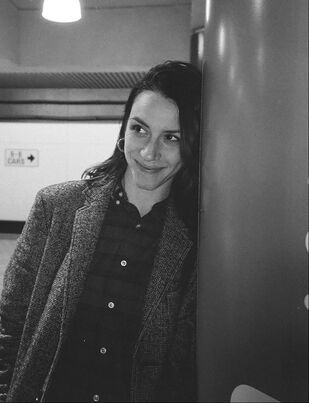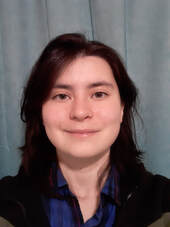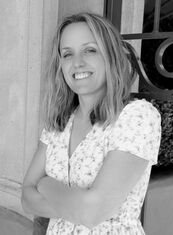Sutro Review 2023
SF State Journal for Undergraduate Composition
TABLE OF CONTENTS
Personal Narratives
Marcus Alexander Isidro – The Flavors of My Language
Nate Newman – A Walk
Ashmita Sapkota – Unmasking and Rediscovering Normalcy
Faye Mayer – The Light Switched On
Donna Pham – Am I a Filial Son or Daughter?
Reflections on Career Pathways and the Future
Mallika Mahendru – Love on the Brain: An Introspective Analysis of my Major, Identity, and Future
Zachary Espy – Refined and Tempered Like Steel
Critical Analysis and Investigative Pieces
Nia Wochnowski – The Urge to Define Beauty
Gabriella Melton – An OREO Cookie, a Yellow Wallpaper, and a Queer Handmaiden Walk Into a Comparative Essay and Find Common Ground in the Female Experience
Osvaldo Salazar – Born What Way? Trapped in the Portal of Perpetual Rebirth
Poetry
Caitlin Darke – Houseplant and wifi
Alexiz Romero – burning
Atzeli Ramirez – That One Year
Photography & Artwork
Han Le (Cover Artist) – Before Human, Don't Give Up On Me, and Mind
Zachary Greenberg – The Great Masturbator, Portrait of a Human with a Rhinestone Veil and What We Aim For
Grace Scerni – Take a Closer Look and Sweet
About the cover: "Smile" by Han Le (artist name HAAN): The phrase "Smile, B*tch!" might not be the most appropriate or respectful way of reminding someone to stay positive and to keep smiling, but this language is powerful. We've all been through a lot of changes and challenges, especially post-pandemic, so I feel it's always necessary to remind ourselves and our loved ones to appreciate life, find joy in the little things, and never forget that a smile can be so colorful. See bio and more art by Han Le in the issue below.
Personal Narratives
Marcus Alexander Isidro – The Flavors of My Language
Nate Newman – A Walk
Ashmita Sapkota – Unmasking and Rediscovering Normalcy
Faye Mayer – The Light Switched On
Donna Pham – Am I a Filial Son or Daughter?
Reflections on Career Pathways and the Future
Mallika Mahendru – Love on the Brain: An Introspective Analysis of my Major, Identity, and Future
Zachary Espy – Refined and Tempered Like Steel
Critical Analysis and Investigative Pieces
Nia Wochnowski – The Urge to Define Beauty
Gabriella Melton – An OREO Cookie, a Yellow Wallpaper, and a Queer Handmaiden Walk Into a Comparative Essay and Find Common Ground in the Female Experience
Osvaldo Salazar – Born What Way? Trapped in the Portal of Perpetual Rebirth
Poetry
Caitlin Darke – Houseplant and wifi
Alexiz Romero – burning
Atzeli Ramirez – That One Year
Photography & Artwork
Han Le (Cover Artist) – Before Human, Don't Give Up On Me, and Mind
Zachary Greenberg – The Great Masturbator, Portrait of a Human with a Rhinestone Veil and What We Aim For
Grace Scerni – Take a Closer Look and Sweet
About the cover: "Smile" by Han Le (artist name HAAN): The phrase "Smile, B*tch!" might not be the most appropriate or respectful way of reminding someone to stay positive and to keep smiling, but this language is powerful. We've all been through a lot of changes and challenges, especially post-pandemic, so I feel it's always necessary to remind ourselves and our loved ones to appreciate life, find joy in the little things, and never forget that a smile can be so colorful. See bio and more art by Han Le in the issue below.
